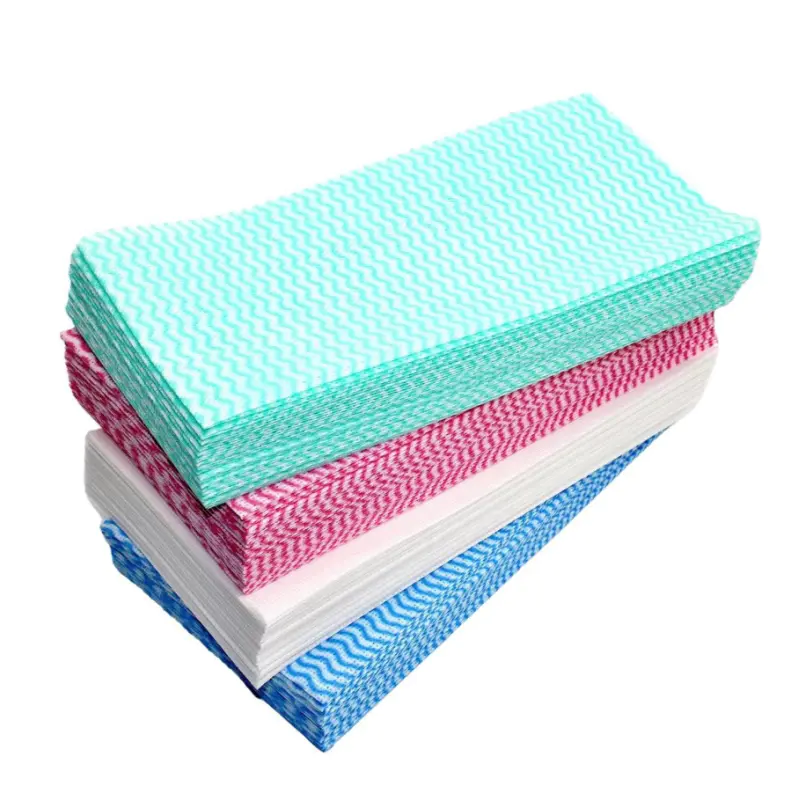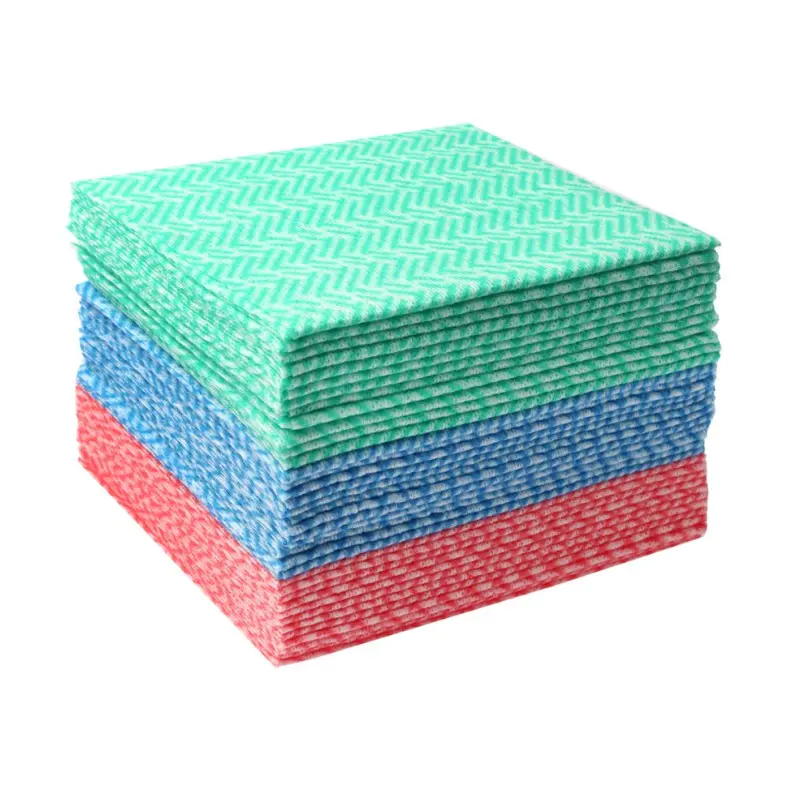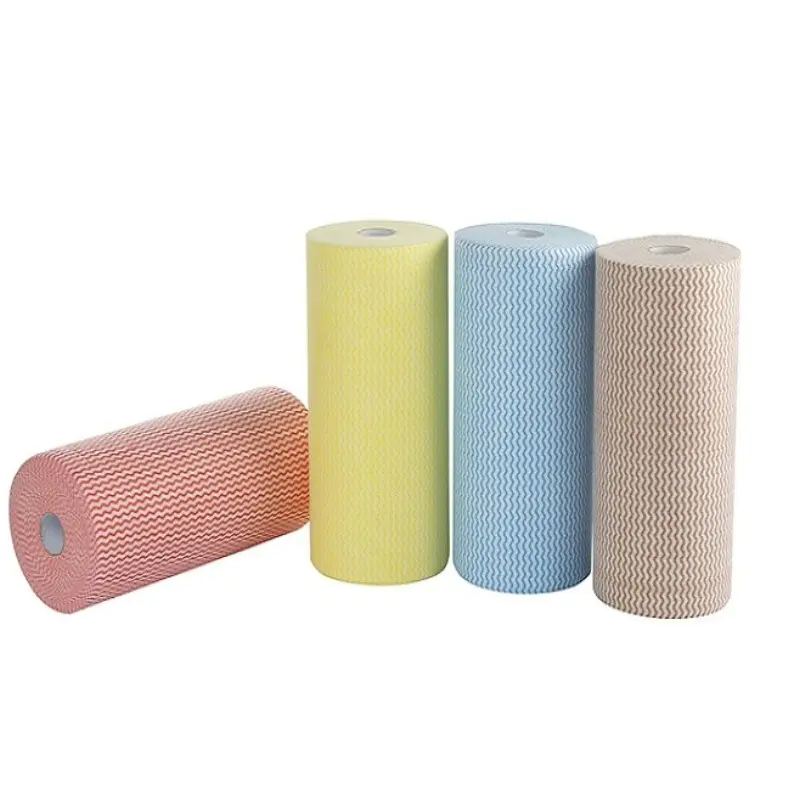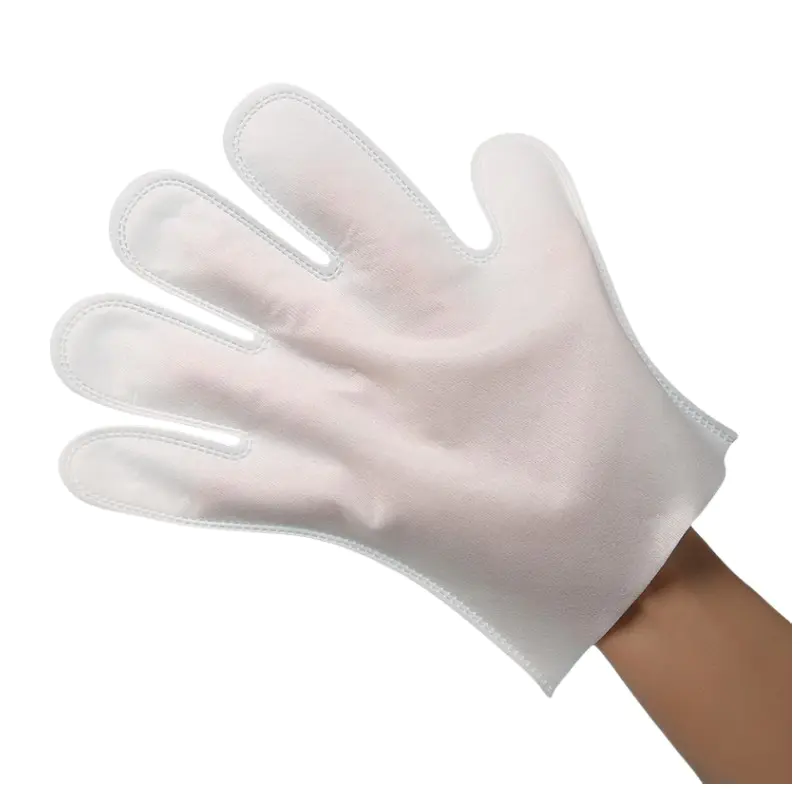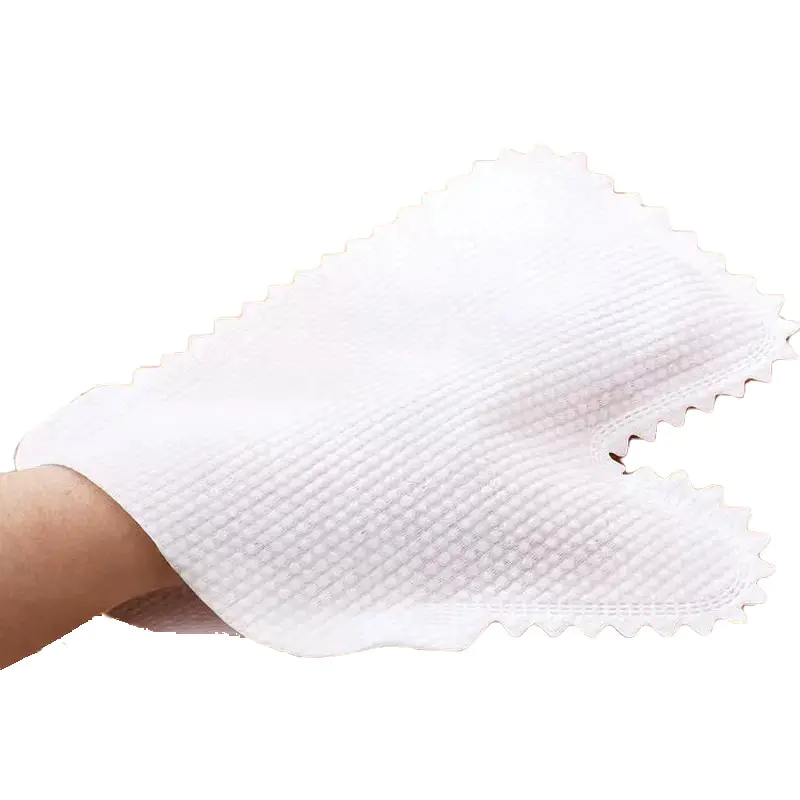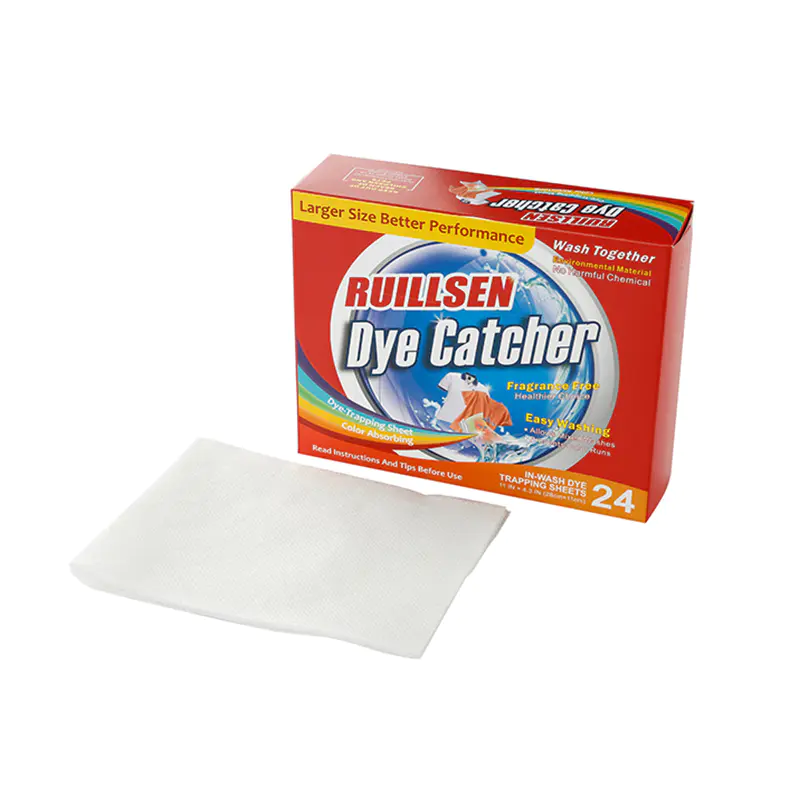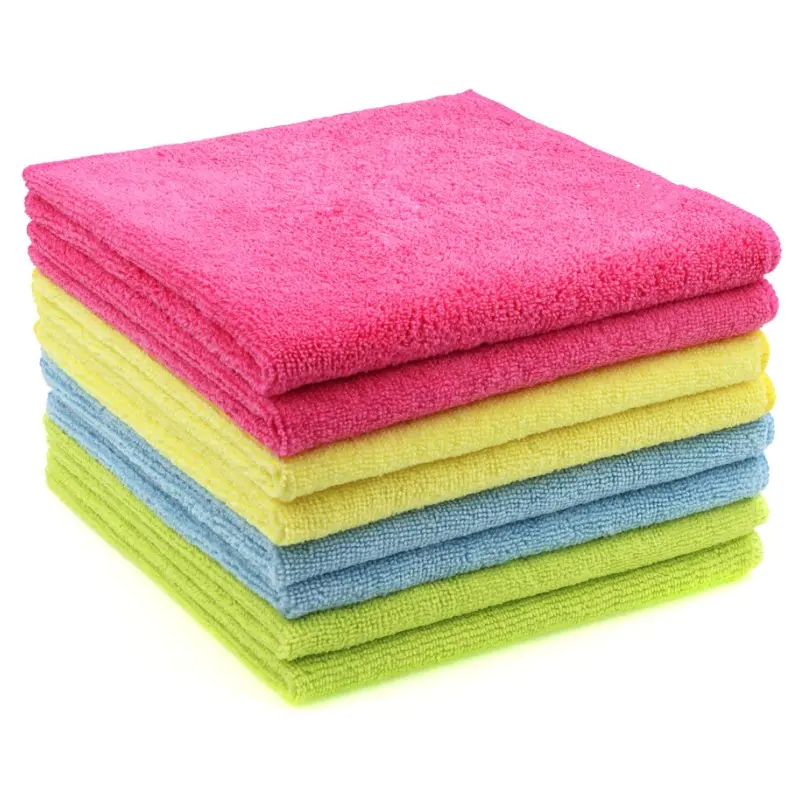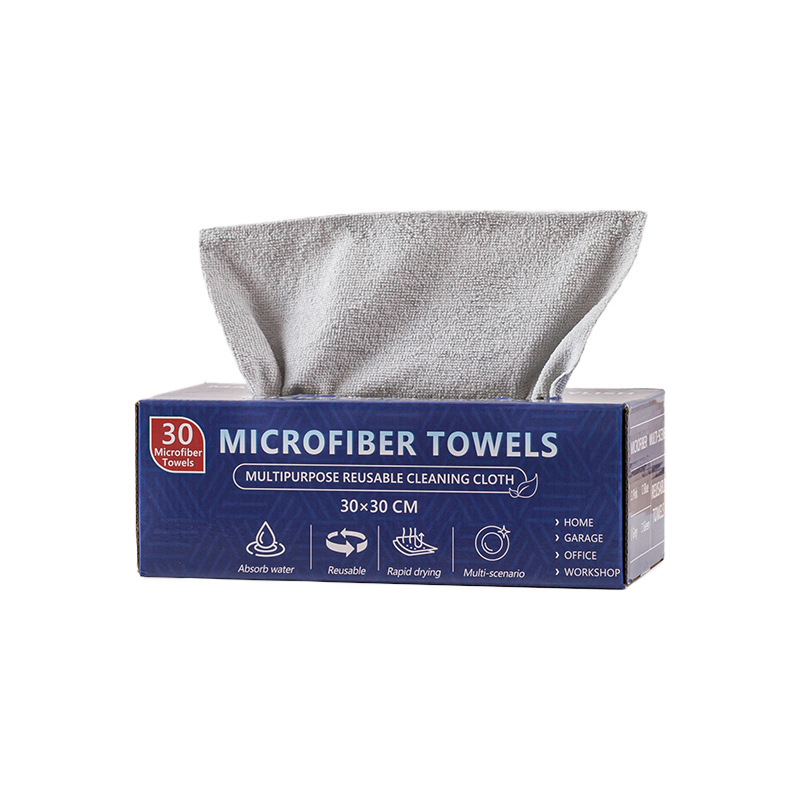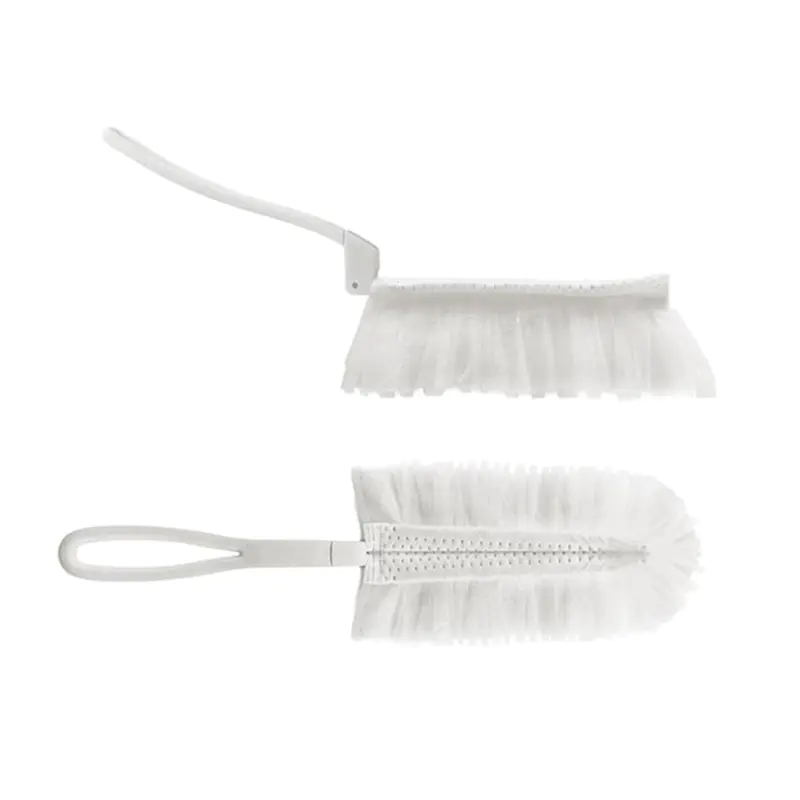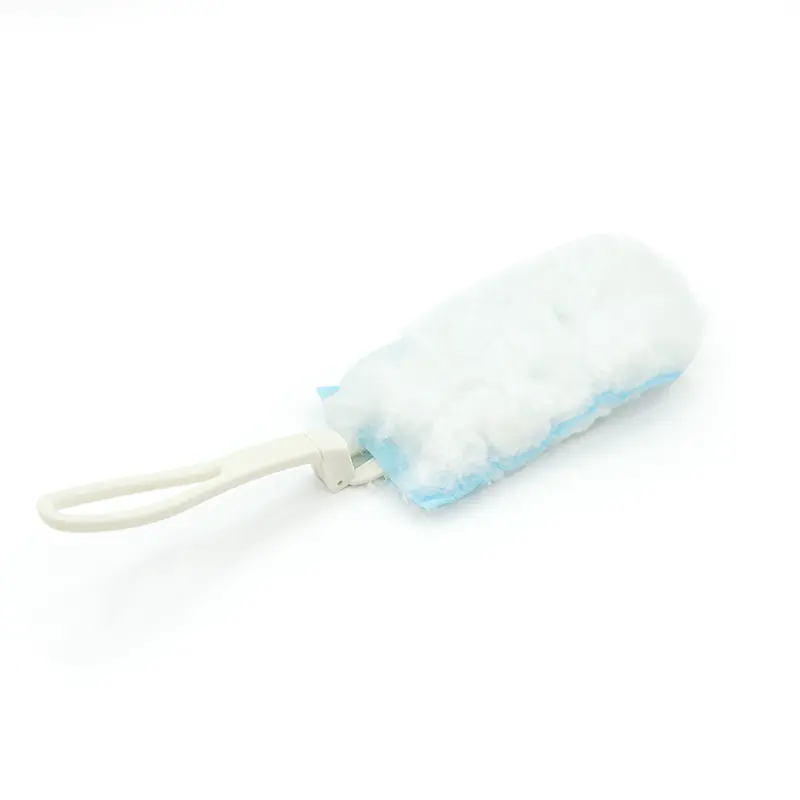Disposable fiber dusters have become a popular cleaning tool in homes, offices, and industrial spaces due to their convenience, efficiency, and ability to capture dust without spreading it. Unlike traditional cloths or feather dusters, disposable fiber dusters are designed for single-use, which reduces the risk of cross-contamination and the need for washing. A common question that arises is: What surfaces are suitable for cleaning with disposable fiber dusters? The answer depends on the material and design of the duster, but generally, these dusters are highly versatile and can be used on a wide variety of surfaces.
Understanding Disposable Fiber Dusters
A disposable fiber duster typically consists of synthetic microfibers or electrostatically charged fibers attached to a handle. The fibers attract and hold dust, dirt, hair, and small debris without dispersing it into the air. Since they are lightweight and flexible, they can reach into corners, crevices, and hard-to-access areas.
Key advantages include:
- Single-use hygiene – No need to clean the duster after use, reducing bacterial spread.
- Dust-trapping efficiency – Microfibers capture fine dust particles effectively.
- Gentle on surfaces – Non-abrasive fibers prevent scratching on delicate surfaces.
Surfaces Suitable for Disposable Fiber Dusters
-
Wooden Surfaces
Disposable fiber dusters are ideal for wooden furniture, shelves, cabinets, and tables. The soft fibers gently remove dust without scratching polished or varnished surfaces. They are also effective for cleaning wooden window sills and moldings. -
Electronics
Many modern homes and offices have electronics such as TVs, computer monitors, keyboards, and printers that attract dust. Disposable fiber dusters can safely remove dust from these devices without using liquids, minimizing the risk of damage to sensitive electronics. -
Glass and Mirrors
The microfibers of the duster can clean glass surfaces and mirrors efficiently. They remove dust and fingerprints without leaving streaks or scratches, making them suitable for windows, glass doors, and picture frames. -
Metal Surfaces
Stainless steel appliances, metal fixtures, and decorative items often show dust and smudges clearly. Disposable fiber dusters effectively lift dust from these surfaces, maintaining a polished appearance without abrasive contact. -
Plastic and Acrylic Surfaces
Plastic furniture, display cases, and acrylic decorations can accumulate fine dust quickly. Fiber dusters are gentle enough to prevent scratches while effectively removing dirt and debris. -
Hard-to-Reach Areas
One of the greatest advantages of disposable fiber dusters is their flexibility. They can clean areas that are difficult to access with traditional cloths, including:- Air vents and blinds
- Ceiling fan blades
- Light fixtures and lampshades
- Decorative items on shelves or in cabinets
-
Automotive Interiors
Car dashboards, vents, consoles, and other interior surfaces accumulate dust and small particles. Disposable fiber dusters can clean these areas effectively, reducing the need for chemical cleaners and minimizing scratches on plastic and leather surfaces.
Surfaces to Handle with Care
While disposable fiber dusters are versatile, some surfaces require caution:
- Wet or Sticky Surfaces – Fiber dusters are designed for dry dusting. Using them on wet or sticky surfaces can smear dirt rather than remove it.
- Delicate Fabrics – While some microfibers are gentle, extremely delicate fabrics may still catch fibers or cause minor snagging.
- Heavy Dirt or Grease – Dusters are not suitable for removing heavy grime or oily residues, which require liquid cleaning agents.
Tips for Maximizing Efficiency
- Use Light Pressure – Gently sweep across surfaces to pick up dust without pushing it into corners.
- Work Top to Bottom – Start cleaning higher surfaces like shelves and cabinets, allowing dust to fall to lower surfaces for later cleaning.
- Fold and Sweep – For larger surfaces, folding the duster slightly can increase coverage and improve dust capture.
- Replace After Each Use – Single-use design ensures hygiene and prevents recontamination.
Advantages of Using Disposable Fiber Dusters
- Hygienic and Convenient – Eliminates the need for laundering reusable dusters.
- Versatile Cleaning – Suitable for wood, glass, metal, plastics, and electronics.
- Safe for Sensitive Surfaces – Non-abrasive microfibers prevent scratches.
- Time-Saving – Quick dusting without sprays or additional cleaning products.
Conclusion
So, what surfaces are suitable for cleaning with disposable fiber dusters? The answer is that these dusters are highly versatile and safe for a wide range of surfaces, including wood, glass, metal, plastic, electronics, and hard-to-reach areas. They provide efficient dust removal without scratching or damaging delicate surfaces and are particularly useful for quick cleaning tasks in homes, offices, and vehicles.
While not intended for wet or heavily soiled surfaces, disposable fiber dusters excel at capturing fine dust and maintaining hygiene. Their convenience, combined with the ability to clean multiple surface types safely, makes them an essential tool for modern cleaning routines. By using disposable fiber dusters appropriately, users can achieve cleaner surfaces, reduced allergens, and a more organized, dust-free environment.


 English
English Español
Español